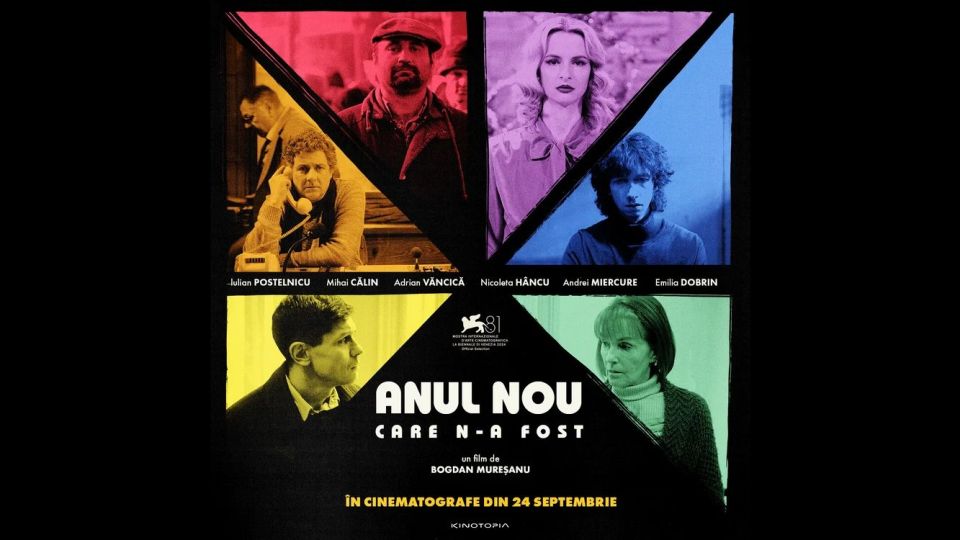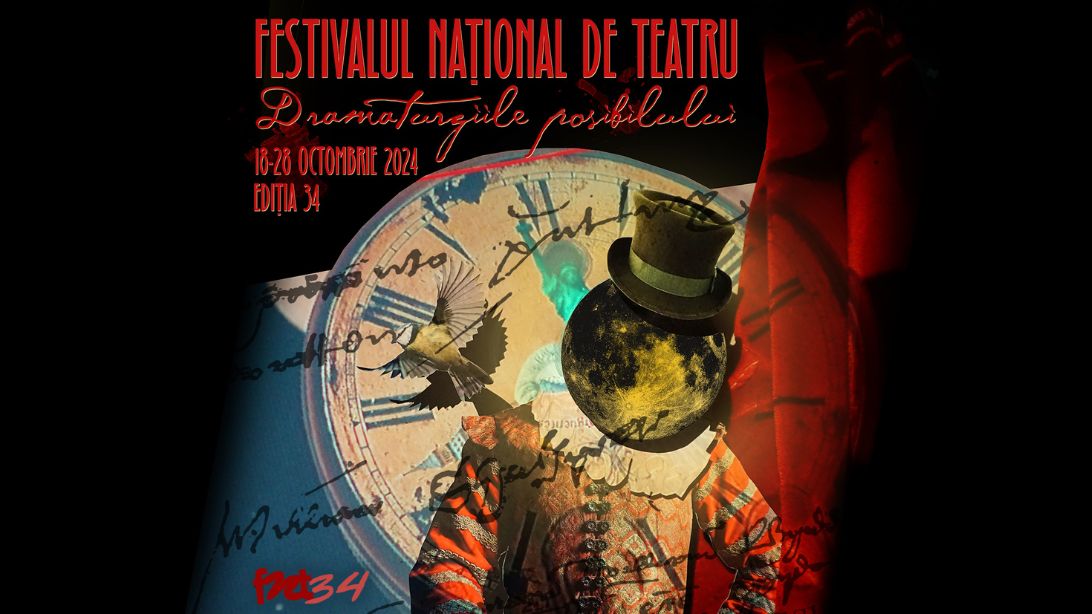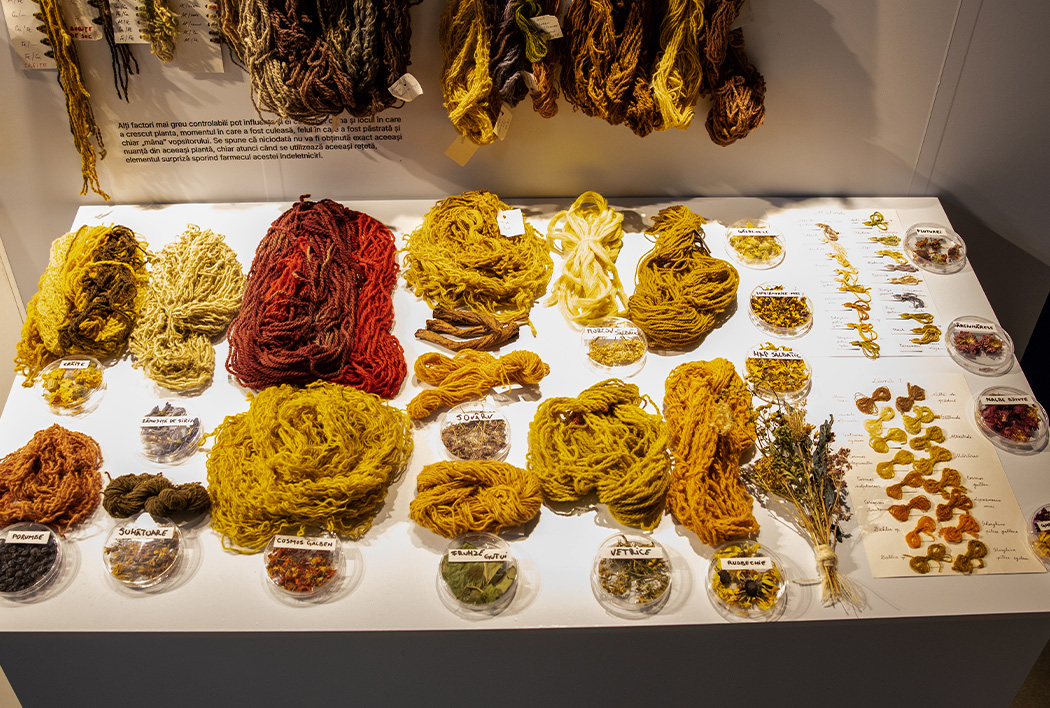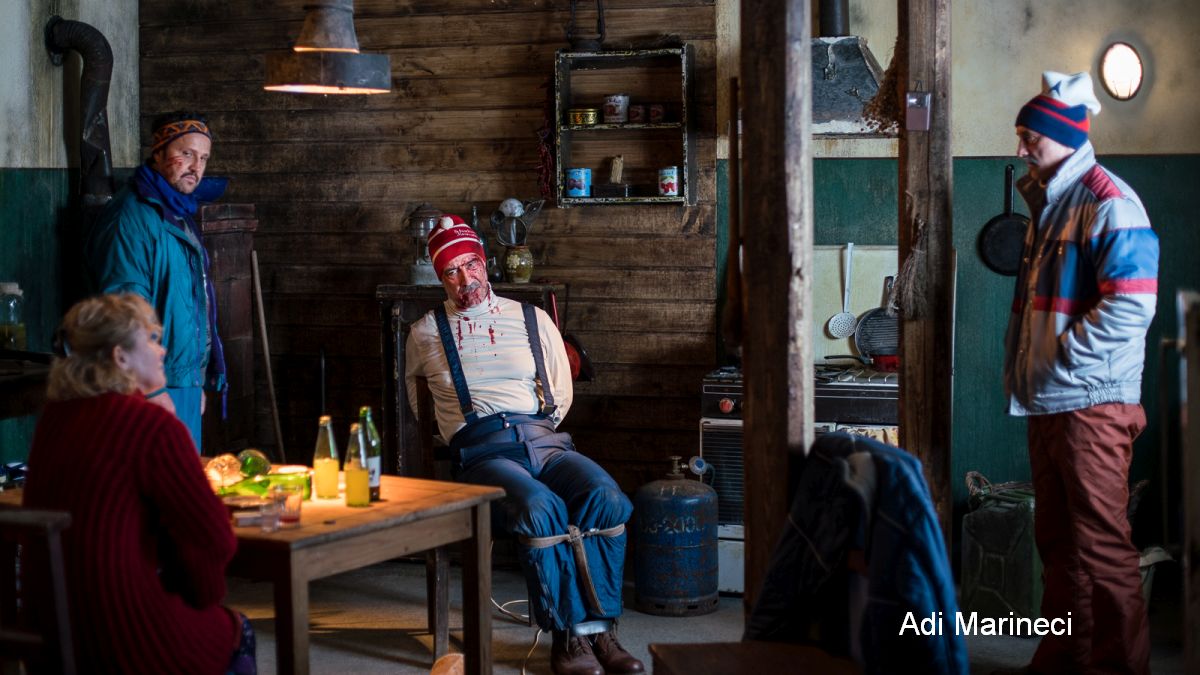Modern art takes a new turn, in Romania
The Deco ReMake project

Steliu Lambru, 29.10.2022, 14:00
ARCUB, the
acronym of Bucharest’s Cultural Centre, jointly with the Romanian Fine Artists Union
have recently brought ot the attention of art lovers anew edition of a project
themed Arts in Bucharest. This years the project title was Deco ReMake, a
plethora of exhibitions, workshops, conferences and masterclasses, all focusing
on decorative arts. A 360-degree view of the decorative arts, from the perspective
of curatorial concepts and contemporary artistic practices. The Deco ReMake
project has been structured around several central exhibitions mounted in
various dedicated areas around the capital city. The project took shape out of
the wish to educate the lay public, at once getting it acquainted with
techniques and specific procedures used in the manufacturing of decorative art
objects. We sat down and spoke with the Deco Remake’s general coordinator, Dorina
Horătău. She gave us details about how the project came into being, about
its directions and about the organizing team.
Arts in Bucharest has now seen its 9th edition, an edition
dedicated to the decorative arts. We have been making our research for the titles,
and, of the shortlisted titles we came up with, we opted for Deco ReMake, which,
for me, is an appropriate label for resetting, an updating of the decorative earts,
that is. In what specific way? The major arts borrow a great deal from the
decorative artist’s basic techniques, yet they restructure them according to
several principles of contemporary art and, furthermore, according to a concept.
A great many of the artists activating in the area of the decorative arts find
it rather hard to overcome that barrier of a message capable of getting deeply involved
in what happens in the present-day world. In the previous editions, the decorative
arts were embedded in the major arts, they were less powerful. In a project,
you lay things, you build, you get results, there is an impact for the others. Apart
from the exhibitions, we wanted the decorative artists to go public, so that
they can show everyone how they actually make those objects, those works and what
the underlying technology was. We have some recipes. It is important how you
use all those recipes and formulas for the materials you have and how you convey
the message you, as an artist, have, into a shape that transmits something, so
that everything turns into a on object with a message. Oftentimes you pursue,
and there is glaring evidence of that kind of pursuit, the intention of focusing
on the connection with the conceptual and with the dialogue with the public,
meaning you want to incite, to make things more problematic. This year, the
work we had was tremendous, for the production of the exhibitions, we did that
with the general curator Ana Negoiță, Georgiana Cozma and Marian Gheorghe. It
is high time a dialogue took place, between what happens to the youngsters and
the old guard.
Here is
general curator, Ana Negoiță, giving us details on the artistic concepts and
criteria that generated Deco ReMake:
There are two oddities in this project, oddities we accept since we’ve grown accustomed to taking the
rough with the smooth, which means that ours is a project that did not start off
from a curatorial concept, with the works revolving around a particular concept,
just as it happens very often, which is common practice, instead, it started
off from an organizing project, a project that got the branch closer together,
the Decorative Arts Branch, which means textiles, glass, metal, ceramic, in a bid
to get those people closer together, through a discourse that needed to be
said. And it is here that the curatorial team plays its part, as it is not
myself alone, all of us, at one point, took the responsibility of such a role
and it was a dialogue, it was interdisciplinary work, since I hail from the theoretical
perspective, my colleagues have the practical perspective as well as that of
the practicing artist, so we had to get all those objects together, with no
curatorial criteria whatsoever, which is in no way easy, mounting an exhibition
with no curatorial standards, conceptually speaking, so that they, together,
can have a unitary discourse. And the running thread was for us to pursue that
in every dedicated area, to give a contemporary touch to decorative arts, since
it is very important, we’re still fighting for the decorative arts a little bit,
they have static dimension so they need to be taken to object installations and
to interdisciplinary structures within the decorative arts, meaning they no
longer are just textile or metal, the mixed techniques translate into a certain
perspective on the object from the viewpoint of the installation, and even into
a performative structure, just as the video area is. Which is very important, and
in no way easy to integrate that kind of discourse into a generation of seniors.
Last but
not the least, the Fine Artists Union’s President, Petru Lucaci, shared his
opinion with us, on the Deco ReMake project.
It is a project we initiated many years ago and which has already seen several
editions that were carried against various backdrops and in various locations.
We have been trying to widen our interest area in as many domains as possible,
since the Fine Artists’ Union, apart from the fact that it has more than 6,000 members,
it also has, like, 10 different career paths, departments trying to promote
their image and promote their activity as well. This time we have tried to prioritize
the decorative arts, not only because the domain has become a major art area.
It is an innovative register, it is welcomed, in the long run rounding off the contemporary
art scene with significant stuff. As we speak, the decorative arts section looks
perfect to a fault. The picture rail is a museum rail, it has bene renewed, it
is an area where each and every work is capitalized on and the relationship between
them is expressive and interesting, it is provoking. The Fine Artists’ Union
has a tremendous potential, it has so many members who are very interesting, as
distinct individuals. Yet it is more difficult to get them together and create
events capable of supporting them in every respect, and also from this
curatorial perspective. It is an exemplary pattern of behavior. As of late, in
recent years, we have been trying to hang on to that particular type of visual discourse.
That is how they can put an elevated exhibition area together, an area of
interest, capable of truly emphasizing something on Romania’s contemporary art
scene.(EN)






























